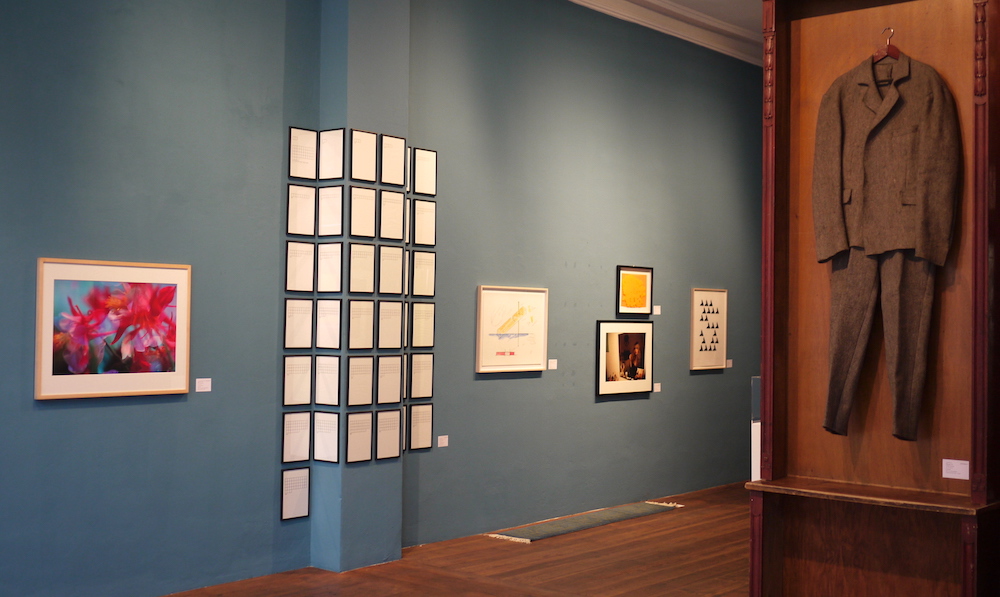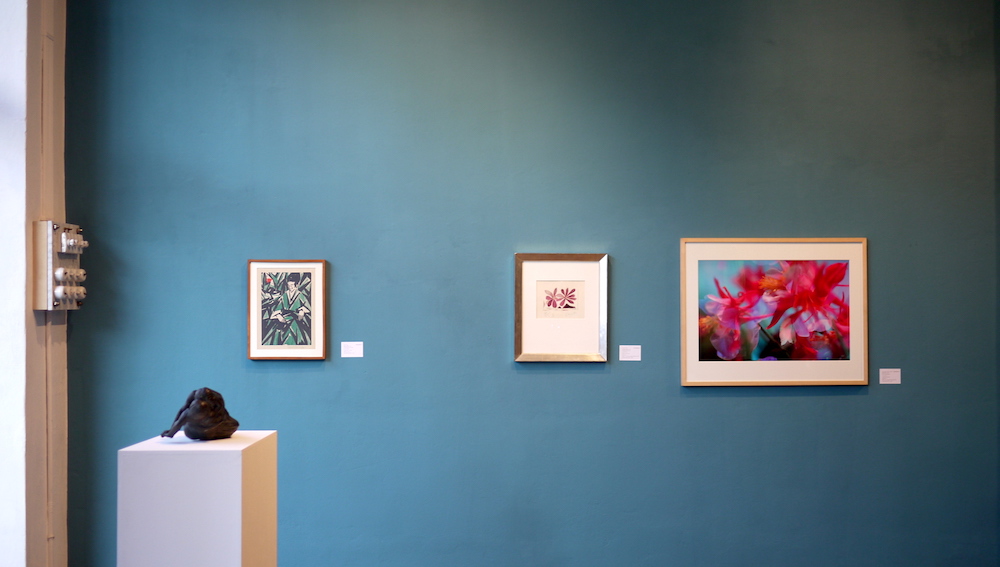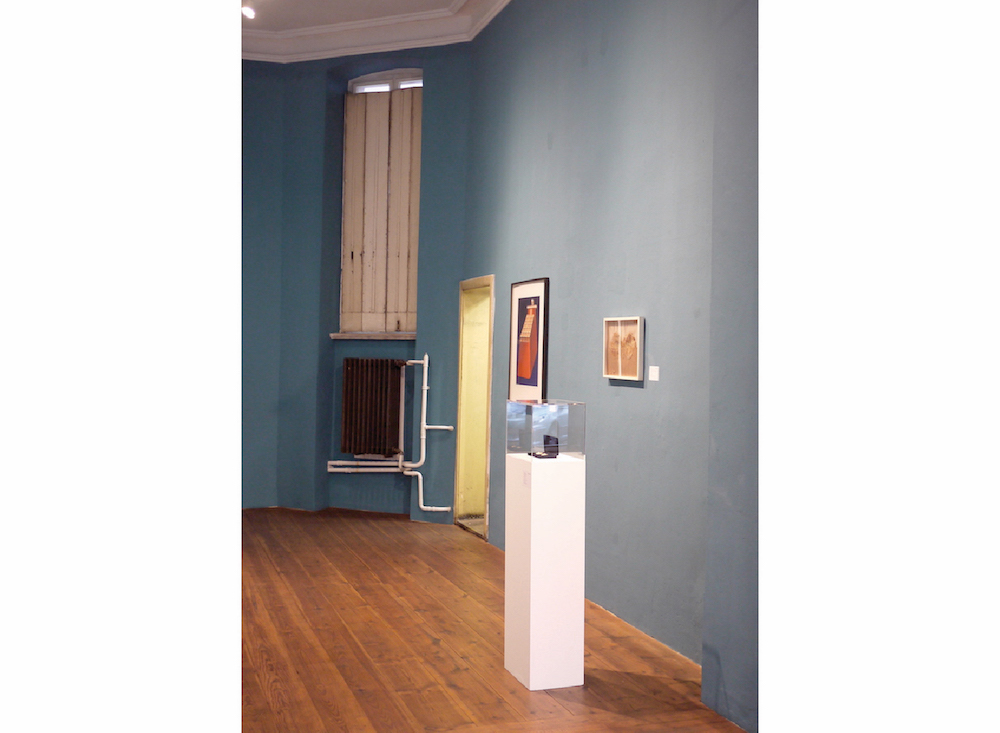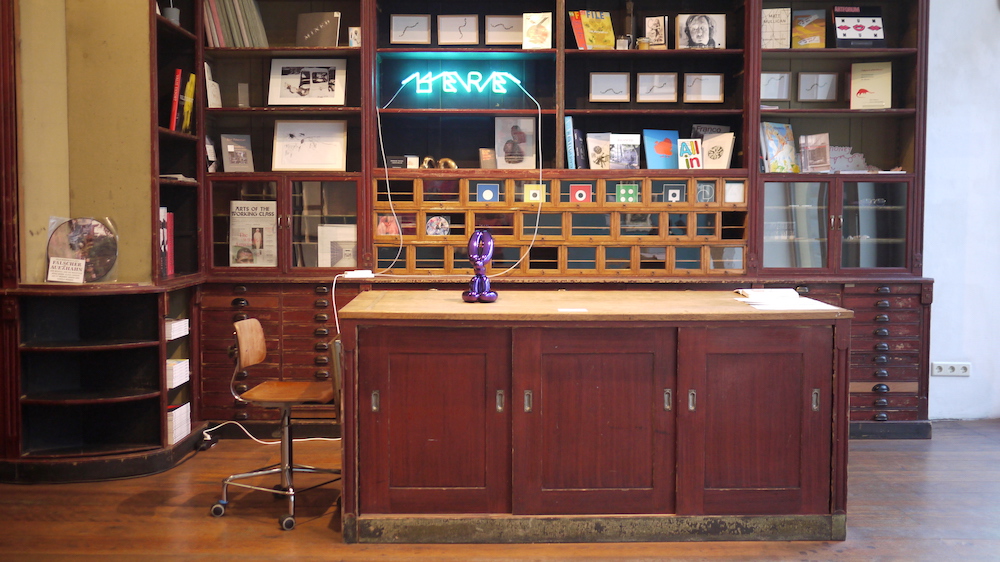



Grisebach at Klosterfelde Edition
November 14 to 16, 2019
Potsdamer Str. 97, 10785 Berlin
With artworks by Janine Antoni, Joseph Beuys, Georges Braque, Lourdes Castro, Fritz Cremer, Hanne Darboven, Peter Fischli und David Weiss, Nan Goldin, Konrad Klapheck, Jeff Koons, Otto Lange, Bridget Riley, Dieter Roth und Rosemarie Trockel and Lawrence Weiner.
Imagine the kind of curiosity that arose, when Alice stood in front of the many closed doors deep within the rabbit hole of wonderland. Behind every door hid divergent worlds and adventures for the protagonist to undertake. Similarly Harry Haller in “Steppenwolf“ crossed through a variety of differing fantastic worlds, which he also found hidden behind closed doors. Every world can be seen as a kind of reflection of ones self and/or different facets of the same story.
In the current exhibition by Grisebach and Klosterfelde Edition, we don´t find ourselves in front of closed doors, but rather pieces of art as portals into personal stories or artistic styles, that are embedded in an historical context.
We look at the photography by Nan Goldin, that portrays – as the title says – Joey. As we gaze into the mirror at Joey, we ask ourselves, is she speaking to Goldin? Or is she only brushing her hair, before she disappears into the nightlife of Berlin. Through Goldin’s intimate observations we gain an insight into her surroundings. Simultaneously this portrait reminds us of the 90’s underground scene and a new feeling of freedom after the fall of the Berlin Wall.
”Ein Jahr: 1970” (One Year: 1970) by Hanne Darboven is a different kind of documentation. The artwork follows not only a complex mathematical system, but gives time a materialistic and symbolic form. In a minimalistic manner, it transforms into a construction of numbers and lines. Instead of telling a story, Darboven questions how concepts take shape.
The weavings “Made in Western Germany White/Blue” by Rosemarie Trockel, on the other hand, turn our focus on the levels of labour and production. Traditionally weaving has been understood as a female practice. Trockel reflects on this, by putting weaving on a global backdrop, using the english phrase “Made in Western Germany”. The weavings do not only connect us with her artistic work, but also with the manual labour of the tibetan weavers, who produced them. By doing so the weavings fluctuate between a piece of art and a daily commodity.
These 15 prints, casts and textile pieces show a varying of artistic approaches, that now enter a conversation with each other. Walking through the exhibition, we open one door after the other and discover connections but also contradictions in the stories they tell.
Text by Elisa Maria Schmitt
Translation by Kris Khosrowkhani
